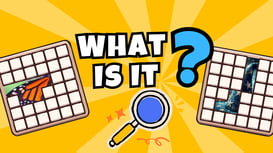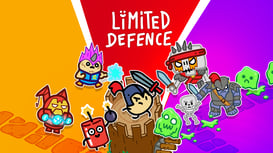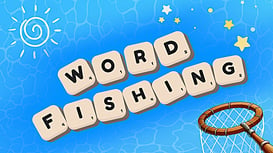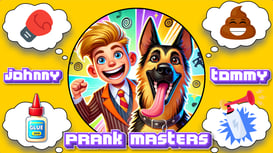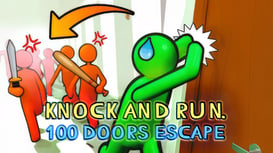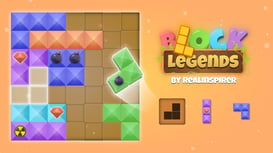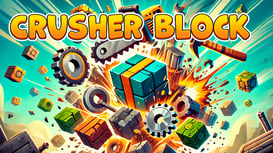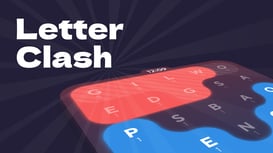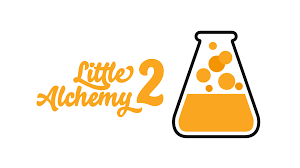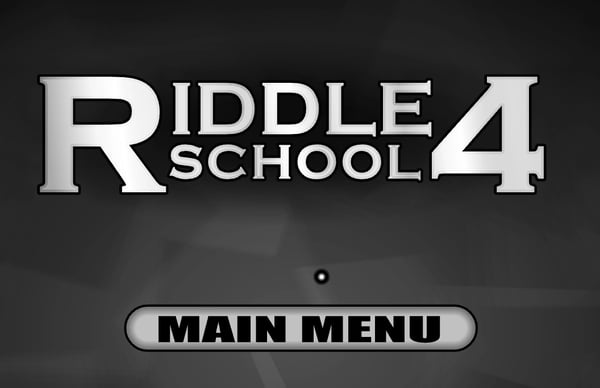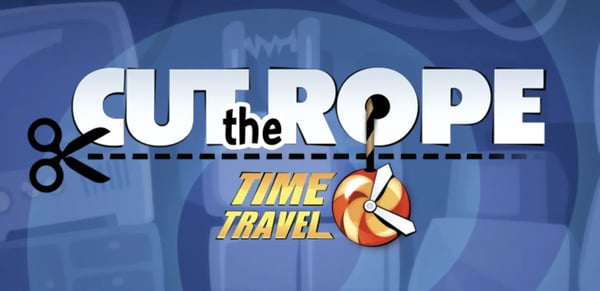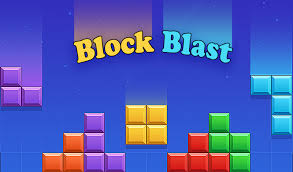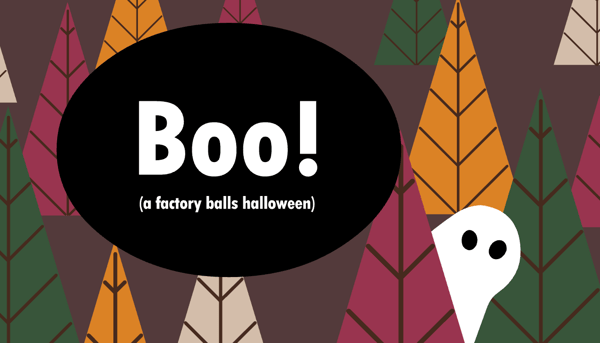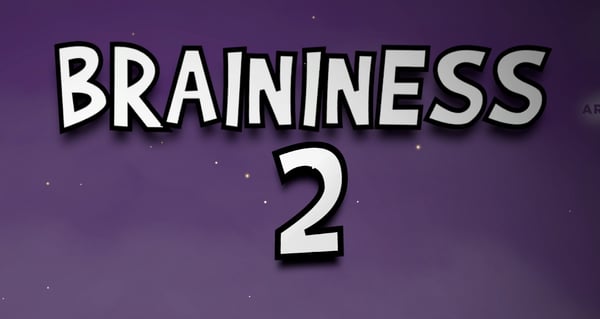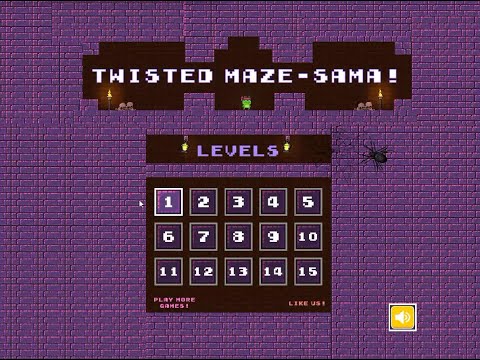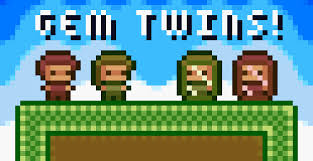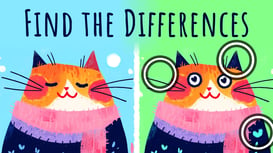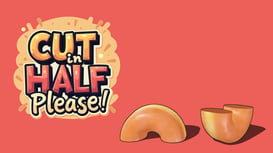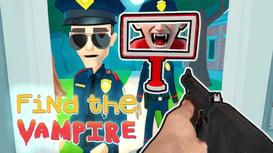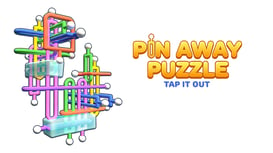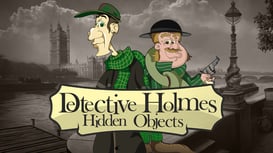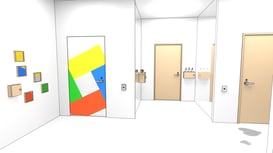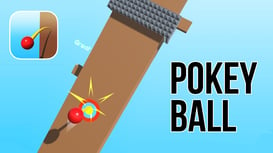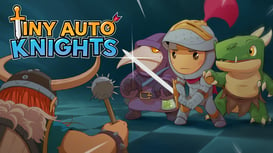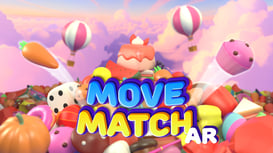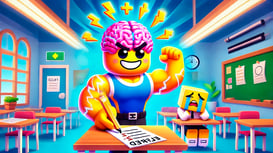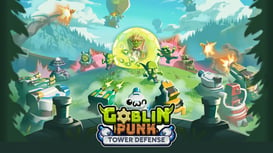What is it? is an engaging puzzle game that challenges players to identify objects and concepts from minimalist visual clues. This clever brain teaser combines elements of riddles, visual puzzles, and general knowledge to create a unique and addictive gaming experience that will test your perception and lateral thinking skills.
Game Overview
What is it? presents players with abstract or simplified visual representations and asks them to identify what the image represents. The game progressively increases in difficulty, starting with straightforward objects and advancing to complex concepts, idioms, or phrases. The minimalist design focuses attention on the essential elements needed for recognition, stripping away unnecessary details to create engaging visual puzzles.
How to Play
The gameplay mechanics are simple and intuitive:
- Observe the visual clue presented on screen
- Type your answer in the text field provided
- Submit your guess using the enter key or submit button
- If correct, you advance to the next level
- If incorrect, you may receive hints or try again
The game may also include helpful features like hint systems, letter reveals, or skip options to assist when you're truly stumped. The objective is to progress through as many levels as possible, testing your pattern recognition and cognitive flexibility.
Game Features
Minimalist Visual Puzzles
Each level presents a clever visual representation that contains just enough information to identify the answer. The stripped-down aesthetic forces players to think creatively.
Progressive Difficulty
The game begins with straightforward challenges and gradually introduces more abstract concepts, wordplay, and cultural references that require increasingly sophisticated interpretation.
Diverse Puzzle Types
Encounter a variety of puzzle styles including object recognition, visual puns, metaphorical representations, and clever visual wordplay that keeps the gameplay fresh and engaging.
Hint System
When stuck, players can access various types of hints that provide additional clues without completely revealing the answer, maintaining the satisfaction of solving the puzzle.
Tips and Strategies
- Look at the image from different perspectives or distances
- Consider both literal and metaphorical interpretations
- Think about common phrases or idioms that might be represented visually
- Pay attention to colors, positioning, and relationships between elements
- If stuck, take a break and return with fresh eyes—solutions often become obvious after stepping away
FAQ
How do I get past particularly difficult levels?
If you're stuck on a challenging level, try using the available hints one at a time. Sometimes looking at just the first letter or word count can trigger the right association. If available, saving particularly difficult puzzles for later often helps, as your subconscious may continue working on the problem.
Are there patterns to the types of answers I should look for?
While each puzzle is unique, many follow common patterns such as common phrases, idioms, compound words, or plays on words. As you progress through levels, you'll start to recognize the game's style and approach to creating visual riddles.
Does the game require specific cultural knowledge?
Some puzzles may reference cultural concepts, but most are designed to be universally recognizable. The early levels especially focus on common objects and concepts familiar to most players regardless of background.
How precise do my answers need to be?
The game typically accepts synonyms and minor variations in wording. However, for puzzles based on specific phrases or idioms, you may need to enter the exact conventional wording. Pay attention to singular versus plural forms and specific prepositions.
Is there an end to the game, or does it continue indefinitely?
Most versions of What is it? contain a finite number of puzzles organized into level packs or categories. However, developers frequently add new content through updates, providing fresh challenges even for players who have completed all existing levels.

